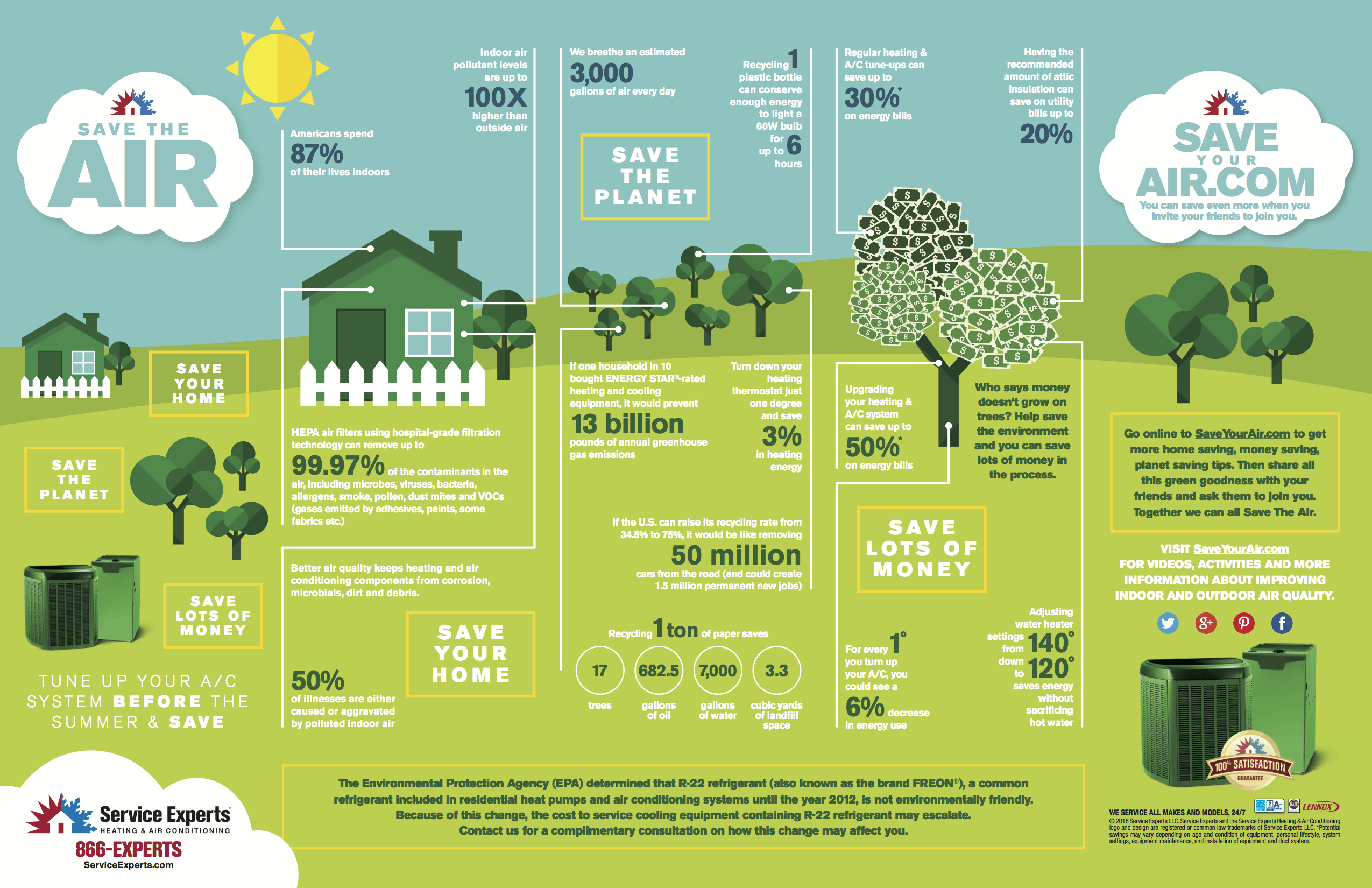Optimizing Comfort And Financial Savings - Tips For Optimizing Your Heat Pump Performance
Optimizing Comfort And Financial Savings - Tips For Optimizing Your Heat Pump Performance
Blog Article
Created By-MacKay McDonough
Whether you own a heatpump or have an existing boiler back up, there are a few points that can be done to optimize your system for effective operation. By complying with these pointers, you can make the most of comfort and financial savings without straining your system or racking up energy costs.
Readjusting your thermostat for performance is just one of the initial steps. Utilizing zoning capacities to restrict home heating of unoccupied areas is another effective strategy.
1. Set Your Thermostat to the Right Temperature
As the periods alter, stabilizing comfort and price efficiency can be an obstacle. Thankfully, a few basic pointers can help you reduce energy consumption and make best use of savings.
Begin by determining the most effective temperature level for your family, then set your thermostat accordingly. Stay https://cost-to-add-central-air-t55544.liberty-blog.com/29419375/the-ultimate-guide-to-understanding-warmth-pumps-exactly-how-do-they-work of making large raise and down in the temperature level setting, as this will create your heat pump to cycle on and off a lot more frequently, consuming more energy.
Instead, progressively lower the temperature at night for an extra comfy resting setting. After that, elevate it a little in the early morning. Keep in mind to keep air vents open and guided downward when home heating, and up when cooling to optimize circulation.
2. Inspect Your Unit Routinely
A heatpump system calls for marginal maintenance, however it is essential to check the unit frequently to capture any problems before they end up being severe. Clean interior filters on a timetable established by the maker or when they're visibly dirty, and make certain outside devices have at the very least 2 feet of clearance to allow for air movement.
Checking the system will certainly likewise consist of cleansing, tightening up electric terminals, and running efficiency tests to make certain accuracy during heating and cooling modes. It's suggested to have a professional solution the heatpump two times a year. Doing these routine services can maximize energy cost savings and lengthen the life of the system.
3. Clear Snow and Ice Around the Device
Heat pumps are developed to operate outdoors and need to be devoid of snow and ice in order to distribute air. If your heat pump is obstructed by snow and can not pull in air, it will toggle between heating & cooling and might overwork.
It's important to get rid of a two-foot clearance around your outside device in order to improve air flow and protect against ice buildup. Heat pumps generally enter a defrost setting in the winter months to melt ice and snow however this process can be problematic if your system is obstructed by excessive snow. This will certainly decrease your power efficiency and cause pricey repair expenses in the future.
4. Check the Cooling Agent Degrees
A heatpump uses cooling agent to cool your home in summer season and cozy it in winter. air conditioning units for bedrooms can assist optimize its efficiency by consistently checking the refrigerant levels.
It takes extra energy to change the temperature level of your heatpump from a comfy readying to a cooler one than it does to preserve that temperature. Changing the temperature level for short periods of time can likewise waste energy.
Leaking ducts and dirty air filters can bring about unequal temperatures. They can additionally make your heatpump less effective and set you back even more to run. A specialist can find and fix these issues to enhance your heat pump's performance.
5. Maximize Your Zoning Capabilities
Making use of the zoning capabilities of a heatpump can help to reduce power waste by warming only busy rooms. This not only decreases power consumption but also decreases operating expense and extends the life of the system.
The Build Balanced Areas tool makes use of a genetic formula to develop areas that fulfill required area building standards. These standards include equal location, density, and equal number of functions.
Furthermore, by utilizing clever thermostat innovation to optimize the temperature level settings based upon occupancy patterns and organizing, you can better boost your heatpump's performance. Preserving a tidy air filter, making certain appropriate insulation and having your ductwork examined for performance can all contribute to enhanced energy cost savings as well.
6. Shielding the Outdoor System
Homeowners frequently ask whether it's worthwhile to plant shade trees near their outdoor ac unit (AIR CONDITIONING) system. The solution is usually indeed, as shielding the air conditioner unit can help in reducing warmth from the sunlight, which in turn aids it cool a lot more efficiently.
Nevertheless, it is essential to keep in mind that shielding the air conditioning system does not always cut energy usage. As explained in the Discussion area of the FSEC report, the temperature of the bordering air has a larger effect on cooling efficiency than does the quantity of air drew in by the air conditioning system.
If your a/c compressor gets on the south side of your home, consider planting high, deciduous trees with large, spread-out canopies. These can give sufficient shade within one year.